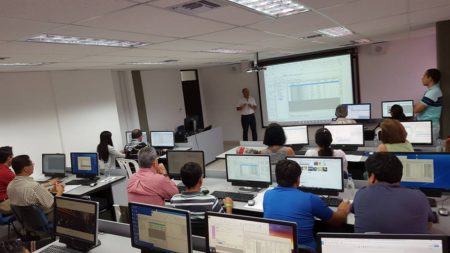Rick Jellen has an answer to our question about quinoa breeding:
Regarding the question of whether there has been a proportional increase in resources dedicated to quinoa breeding, the answer is … NO!
Allrighty then, Rick. Care to tell us more?
Agrobiodiversity is crops, livestock, foodways, microbes, pollinators, wild relatives …
Rick Jellen has an answer to our question about quinoa breeding:
Regarding the question of whether there has been a proportional increase in resources dedicated to quinoa breeding, the answer is … NO!
Allrighty then, Rick. Care to tell us more?
Jeremy has followed up his monumental NPR post on the effects of high quinoa prices on Andean growers 1, and his subsequent handy round-up right here, with a podcast over at Eat this Podcast. All the key players are duly interviewed, and it’s refreshing to hear the likes of Marc Bellemare, for example, in the flesh, as it were, rather than via tweets. One thing that hasn’t featured much in the discussion of the recent rise in prices is whether it has translated in greater interest in — and resources for — breeding the stuff. Which is not to say there isn’t a certain amount of quinoa breeding already going on. Maybe some of it is even of the gender-sensitive kind, examples of which are, incidentally, being sought by our friends at CGIAR. But more would probably be good. Oh, and conservation of the existing landraces too, of course.
Thanks to Mike Ambrose of the John Innes Centre for pointing us in the direction of a new series of videos from the British Society of Plant Breeders (BSPB) with the above title. He — and his genebank — feature in this first one…
…and no doubt also in some of the others.
LATER: And if you still harboured doubts… Cheers!
Everything in between, you say? How about information management? That’s at the beginning, at the end, and in between.

This GRIN-Global course is taking place at CIAT, another CGIAR centre. I told you there’s a lot going on in those international genebanks.